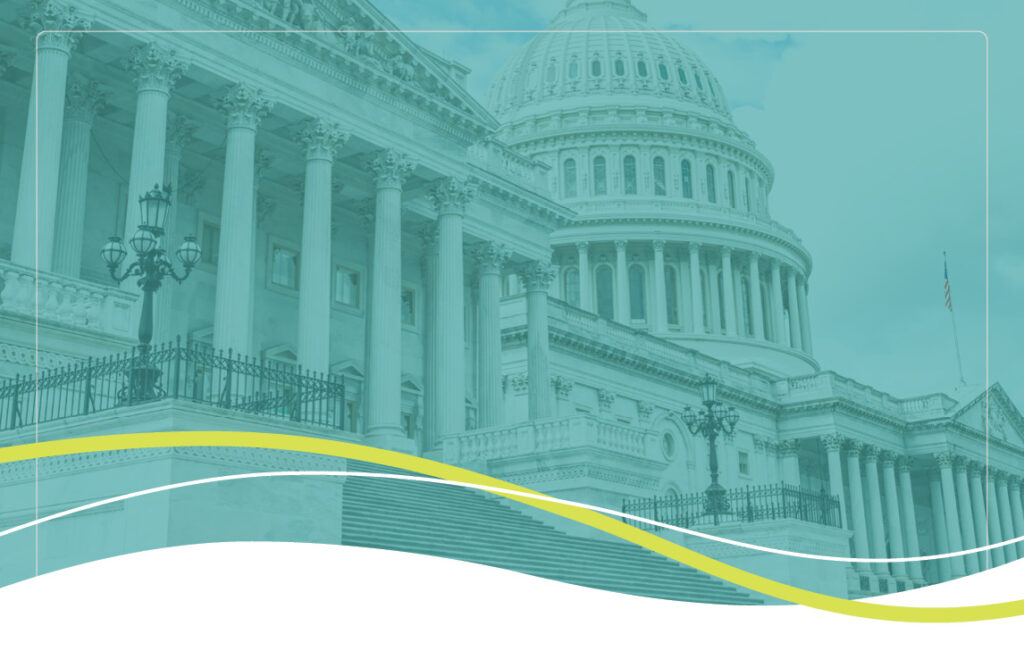Navigating the Future of Long-Term Services and Supports: Innovations, Challenges, and Solutions

America is facing a looming crisis in long-term care. As our population ages, the demand for long-term services and supports (LTSS) is on the rise, and we know that individuals overwhelmingly prefer to receive these services in their homes and communities. So, what’s the problem? Currently, as a country, we are unprepared to meet this growing need. From a shortage of qualified caregivers to inadequate reimbursement rates, financing models and insurance products, the challenges are surmounting.
Looking Back – A Brief History of Long-Term Services and Supports
Historically, the financing of LTSS has typically relied on the Medicaid program, which has been the primary payor of these services. When I first began working on Medicaid issues, now more than fifteen years ago, I worked on a grant funded by CMS, “The Real Choice Systems Change State Profile Grant.” This project was a predecessor to a CMS-funded rebalancing initiative designed to support home and community-based services (HCBS), including Money Follows the Person (MFP) and the Balancing Incentive Payment Program (BIPP).
The scope and scale of federal investments in rebalancing HCBS initiatives over this fifteen-year period has been truly remarkable – with relatively limited federal funding for the state profile tool grants to more than $25 billion states have invested in HCBS under Section 9817 American Rescue Plan Act of 2021 (ARPA). Despite this increase in federal investment and support, the struggle to adequately fund LTSS persists, and the same workforce capacity challenges remain today and continue to be exacerbated as the baby boomer generation ages.
Family and unpaid caregivers are unprepared to meet this need and relying on their support has unintended consequences for families and the broader economy. As highlighted in a recent VOX article, millennials, and other younger generations are now taking on caregiving duties and struggling to balance careers and childcare simultaneously.
Addressing the Need for HCBS Supports Requires a Multi-Pronged Approach
Innovation and investment are necessary to grow and strengthen the direct service workforce. This will require:
- New financing models and enhanced reimbursement and benefits for direct service workers.
- Developing and supporting workforce development initiatives to increase supply and capacity of the LTSS and HCBS workforce.
- Embracing technology and innovation to reduce the need and demand for in-person support, where possible.
As an example of the impact and importance of developing new financing models, we can look to progress that has been made with reimbursement rates paid by Medicaid to certain groups of providers – most commonly hospitals, health systems, and physician practices – using supplemental payments and directed payment programs through Medicaid managed care. Similar innovations, including new payment and reimbursement models, could bring more equitable payment to this critical group of providers. Ultimately, the aim of payment innovation is to enhance the stability and capacity of the direct service workforce and to improve access to care for HCBS.
Investing in Supportive Services
- Medically-tailored meal delivery
- Home modifications
- Telehealth
- Transportation
- Technologies that address social isolation
Additionally, as we work to develop and strengthen the direct service workforce, investment in services and providers that can meet some of these care needs without requiring time from a direct service worker should also be supported. Services like medically tailored meal delivery can substitute for caregiver hours spent grocery shopping and preparing meals. Other investments in home modifications, telehealth, transportation, and technologies that address social isolation and physical care needs, such as fall and injury prevention services, can also help address and alleviate some of the strained capacity of caregivers and direct service workers.
The road to enhancing LTSS in America is clear: it involves innovation, investment, and a multi-pronged approach. We must adapt our financing and reimbursement models, strengthen our direct service workforce, and embrace technology to meet the demands of our aging population. Additionally, expanding supportive services can make a significant difference in alleviating the burden on caregivers and ensuring better care. By addressing these challenges head-on, we can create a more sustainable system that benefits future generations.
Want more insights from Suzanne? Click here to learn about her experience!




